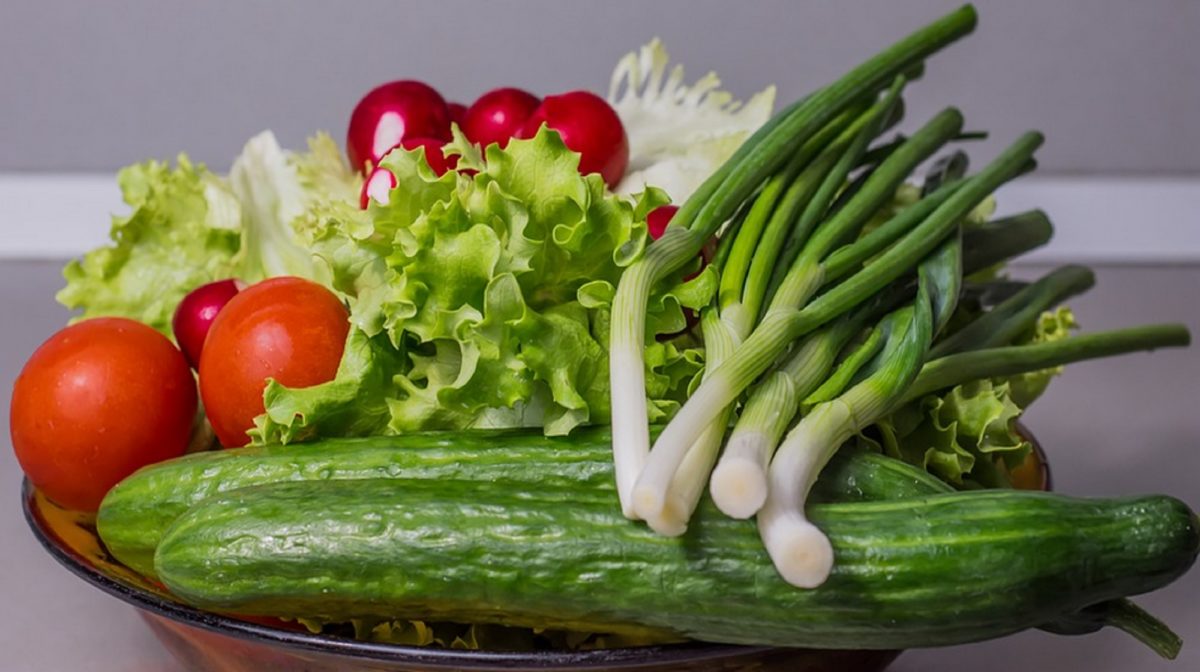An Introduction to Water Gardening
Water always seems to have a soothing, calming effect on people. It is beautiful, sparkling, and gentle. Water gardens can certainly add interest to an otherwise bland yard. They can include waterfalls, ponds, fountains, and aquatic plants that also provide the perfect setting to practise meditation.
Generally, water gardens are ponds or containers of water that house plants, and sometimes also contain fish or other aquatic animals. You should be very careful to choose the right spot for your water garden, because it would be extremely difficult to relocate it once it’s been established.
You need to be sure to pick a spot that gets a lot of sun, because most fish and aquatic plants need quite a bit. The best spot is a place that gets at least six or eight hours of sun every day. Be sure to keep the pond away from large trees and shrubs that can cast leaves into your pond and shade it. If it’s the only place you can find, be sure to put a ‘fine mesh’ cover over it when the leaves start to drop from the trees.
If you have a small yard, you should probably stick with a smaller pond. Larger yards can comfortably house larger ponds. If you have very little space, you could use a container for your water garden. As long as you put in some oxygenating plants or a small aquarium filter it should stay healthy.
You don’t need a lot of fancy features in your water garden. You can start with a standard pond, and then add in other features later. You can add special lighting, waterfalls, fountains, rocks, and other features whenever you want.
When you plan the plants for your water garden, you should be sure not to plant too many. You don’t want to cover more than around 50% of the water surface. If you add too many plants, the sun won’t be able to reach any fish or other animals in your pond, and you may have more problems with algae and other issues. You could also cause overcrowding, and your plants might not survive.
You can choose from several different types of plants for a water garden. Free floating plants float through the water without being anchored in soil. Marginal plants typically float, but their roots are usually anchored in soil or other material.
Submerged plants are generally located under water only, and aren’t very visible from the surface. The type of plants you choose will depend on what you want your pond to look like.
Fish and other aquatic animals can be a very useful addition to your water garden and they keep the wildlife in general under control and a healthy balance is assured. They help keep oxygen moving through the water, preventing the water from going stale. They can also help control mosquito larva, which can be a really bothersome part of water gardening.
Emergent plants, also called marginals, are usually found at the edges of ponds. Their roots are anchored into the bottom, usually in mud. Cat-tails are one very well-known type of emergent plant. Water lillies and lotus are also emergent plants. Submerged plants are the ones that remain almost totally underneath the water.
They help fight against algae, because they consume the nutrients the algae needs to grow. They also produce oxygen during the day, supporting fish and other animals. They can be potted in gravel, because they don’t use their roots to collect nutrients.
Floaters are not anchored at all. They float freely through the water, either on the surface or submerged. Floaters are sometimes prolific multipliers, so they may need to be thinned out on occasion.
They are used to enhance the look of the surface of the pond, and to enhance the appearance of water lilies and lotus. Duckweed, water lettuce, and water hyacinth are all types of floaters.
Planting Your Water Garden
Water gardening requires proper planting conditions, just like any other kind of gardening. You need to be sure to have the correct soil, a good location, and quality plants. But there are special considerations for water gardens that are different from traditional types of gardens.
You’ll have to deal with considerations such as the depth of the water, the temperature of the water, and how to keep your plants and animals safe during the winter. Most aquatic plants seem to do better in a heavy, loamy, clay-based soil.
You can’t use standard potting mixes, because they are far too light, and they won’t hold on to nutrients for very long. The soil you plant your aquatics in should be damp. You’ll fill your container about 2/3 full of the soil.
Water lilies should have their rhizomes placed so the growing tip is pointed to the center at a bit of an angle. The growing tip usually has eyes, a bit like a potato. This way, it can grow across the center of the container.
After you have the rhizome placed properly, you’ll cover it with soil so the tip is just slightly above the soil level. The exception is tropical water lilies, which are planted in the center of the container.
Lotuses are also planted in the center, but their rhizomes are very delicate and should be handled carefully. Emergent and submerged plants should be potted by putting some soil into a pot, centering the plant in the pot, and covering its roots with more soil.
Once they’ve been potted, you need to cover the soil with about ½ inch of small gravel. This helps keep the soil from clouding the water and also from eroding away. Once you’ve properly potted your plants, they should be submerged to the correct depth.
You can place bricks underneath containers to help bring them to the correct depth. Check the planting instructions for each plant to see what level the plants should be submerged to. Water lilies generally grow best at a depth of about 12 to 18 inches above the top of their container.
The pot could be placed at a shallower depth at first, and lowered later as the plant grows. The more sun the pond gets, the deeper the container can be placed in the water. Tropical water lilies need to be at 12 inches depth if possible, but they can grow in only 6 to 8 inches if they have to.
Lotus plants only need about 4 to 6 inches of water over the top, and emergent plants generally only need a couple of inches of water over them. You can adjust the height of the various plants by placing bricks or inverted pots underneath.
Be careful not to over-fertilize your water garden. This can lead to an algae problem. You can use slow release tablets or some sort of granular fertilizer. Several different types would be acceptable, including 5-10-5, 12-8-8, 10-6-4, and 20-10-5.
You should fertilize every month from spring until August. Tablet fertilizer is generally the easiest to use. You simply have to push the tablets into the soil. Most aquatic plants won’t do very well in cold weather, so they need to be over-wintered.
This means you’ll need to take some precautions to ensure your plants aren’t killed by ice and freezing temperatures. For very shallow ponds, this will mean the plants need to be brought indoors for the winter.
They need to be kept above freezing, but below 50 degrees so they stay dormant. Be sure to keep the roots very moist at all times until spring. You can also remove rhizomes from their containers and store the plants in moist sphagnum moss inside plastic bags. Tropical water lilies must be stored in an aquarium tank with a lot of light at about 68 degrees.
CONCLUSION;
Remember; having the right information will make your job much easier and can help ensure the lasting success of your garden. Did you get your free copy of the E-book ‘Absolute Organic Gardening’? It goes into far more detail there.
If not, Click Here! to get your free copy in seconds.
Plus! … Take the Free! ‘Absolute Organic Gardening 21 Day Challenge’ Here!
If you don’t initially see what you’re looking for here, please use the ‘Search Bar’ in either the Sidebar or Footer.
And please don’t forget to sign up to the ‘CheckFred Community Newsletter’ via the form below …….. Thank You.
 Click The Button Above To Visit
Click The Button Above To Visit
‘The CheckFred Merch Shop’
.


